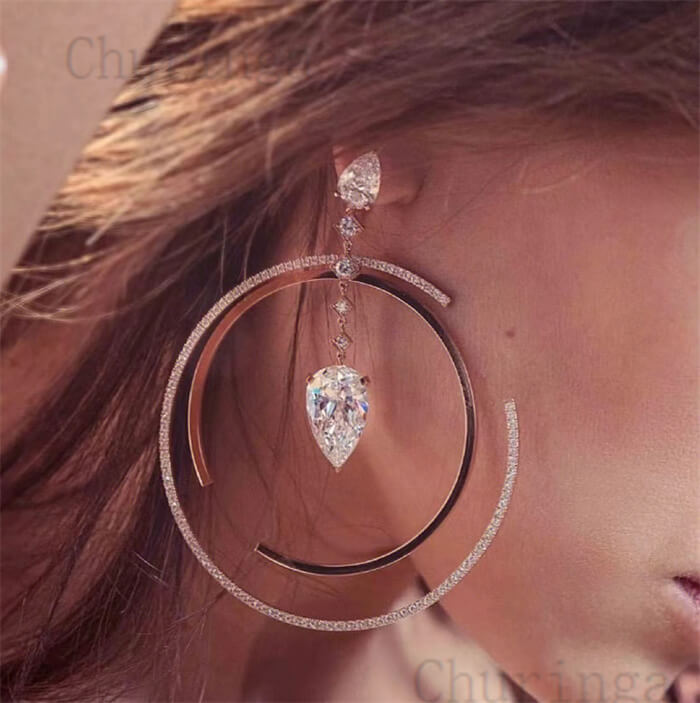Since the 1920s, steel has been the material of choice for automakers worldwide with steel being used as the backbone of a vehicle and making up most of its average weight.
AHSS (Advanced High Strength Steel) has become the fastest-growing material used in the modern automotive industry and can be found in most vehicles on the road today, making vehicles stronger, lighter and safer.
Unpacking AHSS
AHSS includes all martensitic and multiphase steels and has a minimum specified tensile strength of at least 440MPa or higher. This steel family offers low weight, high strength and optimised formability and allows automakers to use less material in the manufacturing process.
First Generation AHSS includes dual-phase (DP), complex-phase (CP), regular transformation-induced plasticity (TRIP) and martensitic (MS), all of which have enhanced formability compared with more conventional steels at the same strength level. These steels are based on a ferrite matrix for baseline ductility with varying amounts of other microstructural components which provide strength and additional ductility. Their unique microstructure is created by special heat treatments.
MS steels are the hardest steel class in this AHSS family with their strength ranging from 900MPa to 1700MPa but while they may have the highest strength, the higher amount of martensite formation in their microstructure gives them the lowest formability. These are best used in vehicle bodies where deformation must be limited.
Second Generation AHSS are typically higher-priced grades and essentially have a fully austenitic microstructure which makes their formability significantly higher than the first generation. These include a new generation of transformation-induced plasticity (TRIP), hot-formed (HF) and twinning-induced plasticity (TWIP) steels which rely on a twinning deformation mechanism for strength and ductility. It is a complex mill process to produce them, and they are highly alloyed which can lead to welding challenges.
Third Generation or 3rd Gen AHSS all rely on the TRIP effect and currently include TRIP-Assisted Bainitic Ferrite (TBF) and Carbide-Free Bainite (CFB), Quenched and Partitioned Grades, Q&P or simply QP and Medium Manganese Steels, Medium-MN or Med-Mn.
3rd Gen AHSS are multi-phase steels which are engineered to develop enhanced formability and are measured in tensile, sheared edge or bending tests. To develop their enhanced properties, these steels rely on retained austenite in a bainite or martensite matrix with some amount of ferrite or precipitates.
3rd Gen steels have improved ductility in cold forming operations and as such, may offer an alternative to press hardening steels in some applications. Some are also appropriate for the hot stamping process.
Because there is no one unique way to reach the properties associated with 3rd Gen AHSS, steelmakers typically use their production equipment with different constraints, characteristics and control capabilities to take different routes to achieve an OEM specification. This may lead to each approved supplier having properties which fall into different portions of the allowable range.
Furthermore, because globally accepted standards do not currently exist, individual automakers generally have proprietary definitions of 3rd Gen AHSS grades containing minimum levels of strength and ductility or specific balances of microstructural components and thus tend to use caution when choosing and switching between suppliers.

